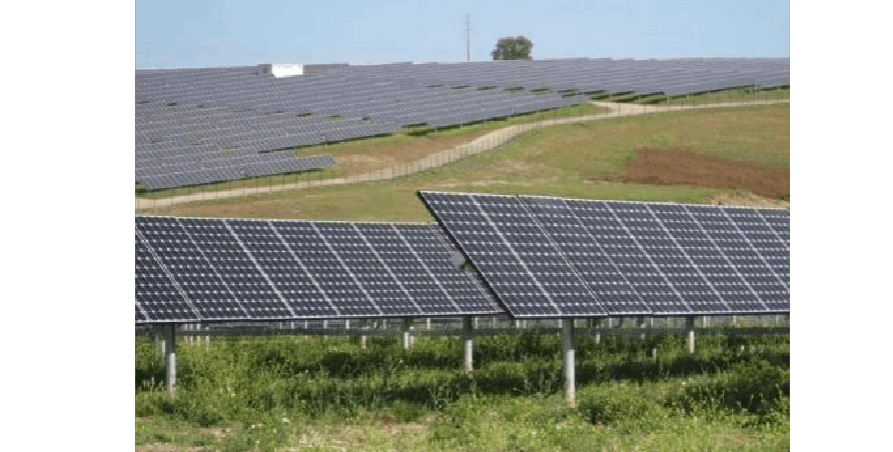**How Much Juice Can Your Solar Panels Really Squeeze Out?**
(How Much Power Does A Solar Panel Produce)
Ever stared at a solar panel and wondered what it’s actually doing up there? Sure, it soaks up sunlight. But how much real power does it crank out? Let’s break it down—no fancy jargon, just straight talk.
First, solar panels work by converting sunlight into electricity. Think of them like supercharged leaves doing photosynthesis, but instead of making oxygen, they make power. The amount they produce depends on three things: size, sunlight, and efficiency.
Take a typical home solar panel. Most are around 65 inches by 40 inches. Under perfect conditions—think cloudless noon in July—one of these can spit out roughly 400 watts. That’s enough to run a fridge, a TV, and a few lights at the same time. Not bad for a slab of glass and silicon.
But here’s the catch: “perfect conditions” don’t exist everywhere. If you live in Arizona, your panels will guzzle sunlight like a kid with a juice box. If you’re in Seattle, those same panels might feel like they’re sipping through a tiny straw. Location matters. A lot.
Sunlight hours matter too. A panel rated for 400 watts doesn’t pump out 400 watts all day. It hits peak power for maybe 4-5 hours around noon. The rest of the time, it’s coasting. Over a full day, that single panel might give you 2-3 kilowatt-hours (kWh). Enough to keep your Wi-Fi running and phone charged, but not enough to power your entire house alone.
Weather’s another buzzkill. Clouds, rain, snow—they all block sunlight. Even a little shade from a tree or chimney can slash output. Imagine trying to sunbathe under a beach umbrella. That’s your solar panel on a partly cloudy day.
Now, efficiency. Most panels convert about 15-20% of sunlight into electricity. Sounds low? Maybe. But tech’s getting better. Some premium panels now hit 22-23%. Still, don’t expect miracles. Physics says sunlight’s got limits.
Let’s talk real numbers. Say you install 10 panels. Each makes 400 watts at peak. That’s 4,000 watts total—or 4 kilowatts (kW). Over a sunny day, you’d get around 20 kWh. The average U.S. home uses about 30 kWh daily. So 10 panels could cover two-thirds of your needs. Add more panels, and you’re golden.
But wait. What if your roof is small? Or shaded? Or faces north? Panels need space and direct sun. No shortcuts. You can’t cheat geography.
Batteries change the game. Store excess power during the day, use it at night. Without batteries, you’re still tied to the grid after sunset. Batteries aren’t cheap, though. Think of them as a sun-powered piggy bank.
Maintenance matters too. Dust, bird poop, snow—all block light. A quick hose-down or wipe can boost output by 5-10%. It’s like cleaning your glasses. Suddenly, everything’s clearer.
What about seasons? Summer’s great for solar. Long days, high sun. Winter? Shorter days, weaker light. Snow can reflect extra light (good) or cover panels entirely (bad). It’s a mixed bag.
(How Much Power Does A Solar Panel Produce)
Final thought: Solar panels aren’t magic. They’re tools. How much they give depends on how you use them. More sun, more space, smarter setups—they all add up. Want to go off-grid? You’ll need a small army of panels and batteries. Just want to cut your bill? A modest setup works. Either way, it starts with one question: How much juice do you really need?
Inquiry us
if you want to want to know more, please feel free to contact us. (nanotrun@yahoo.com)




